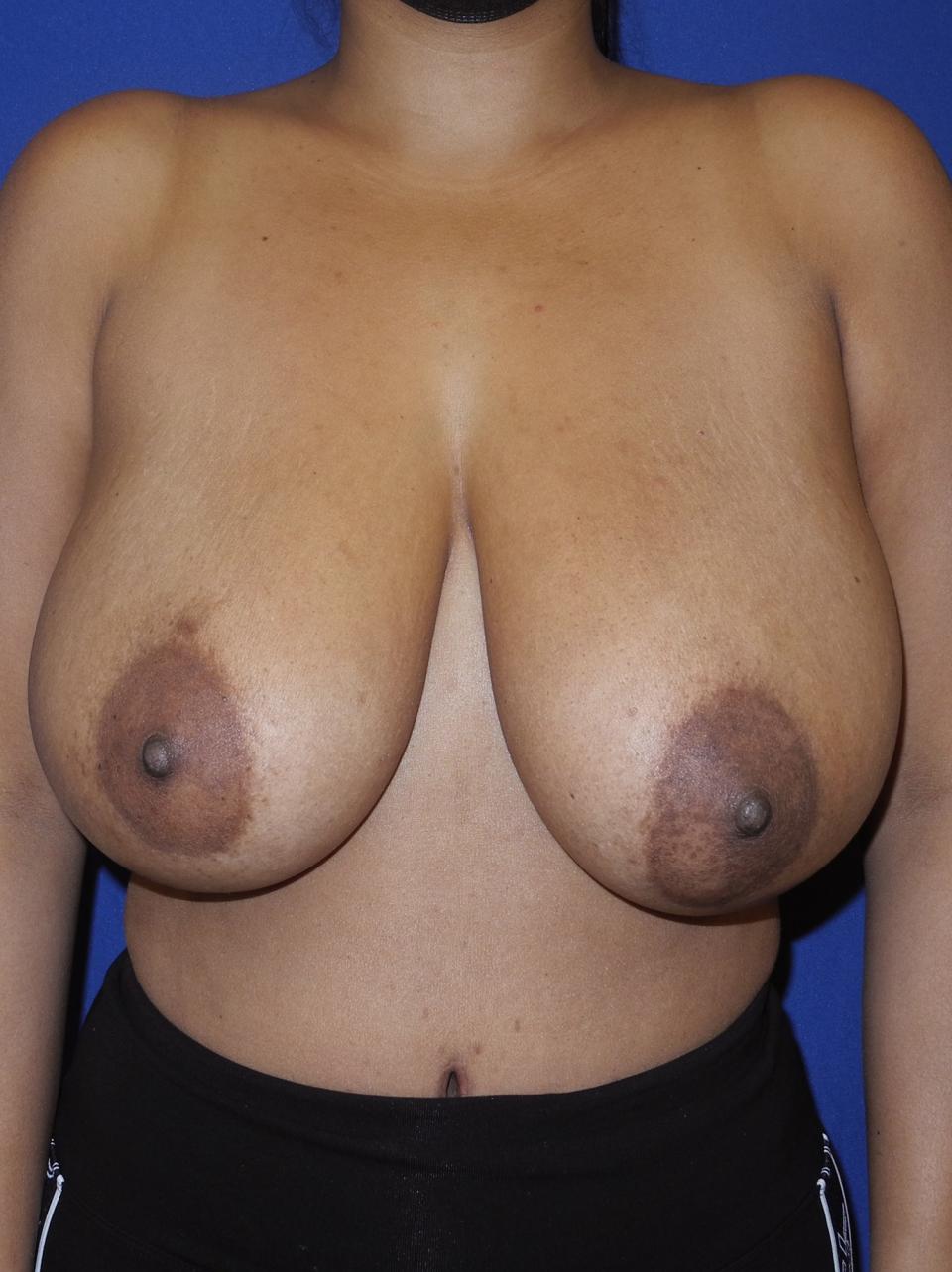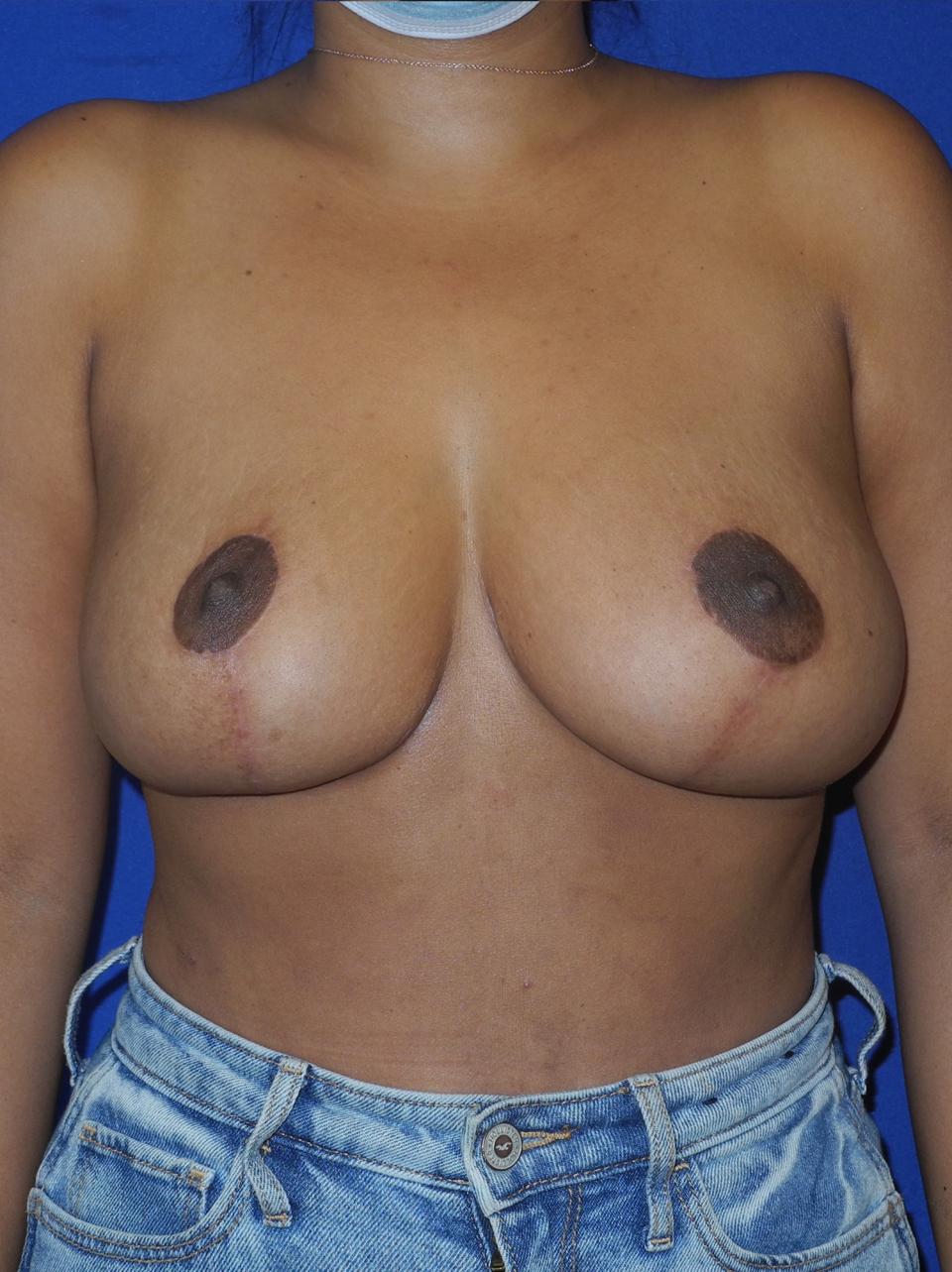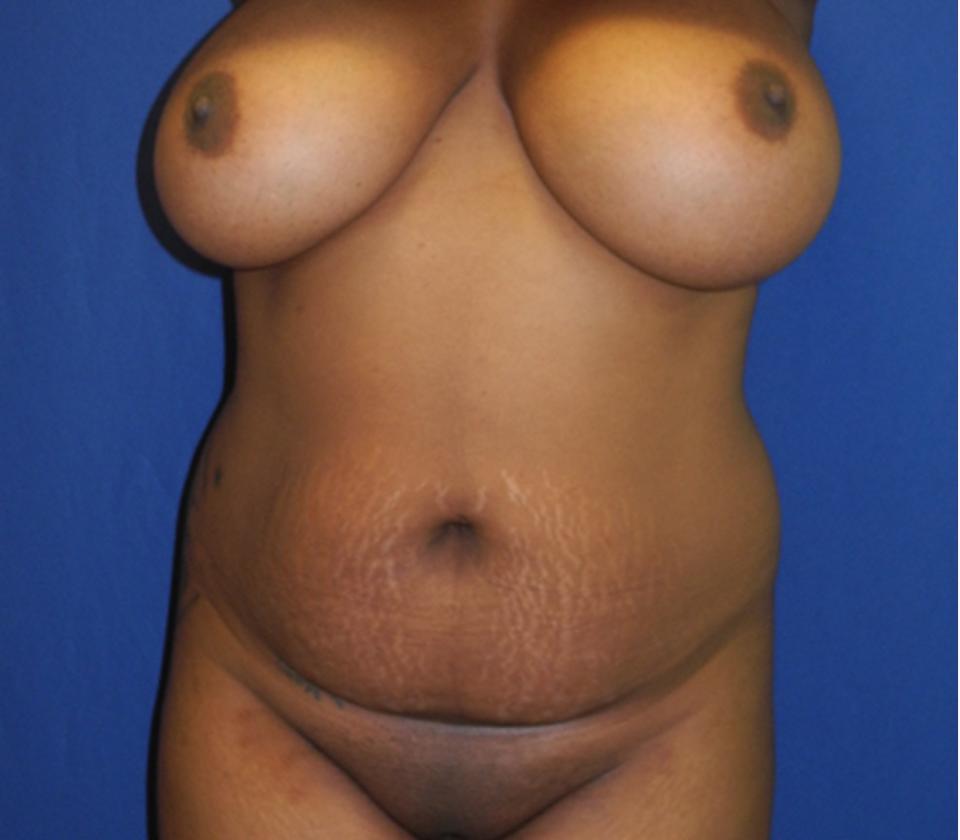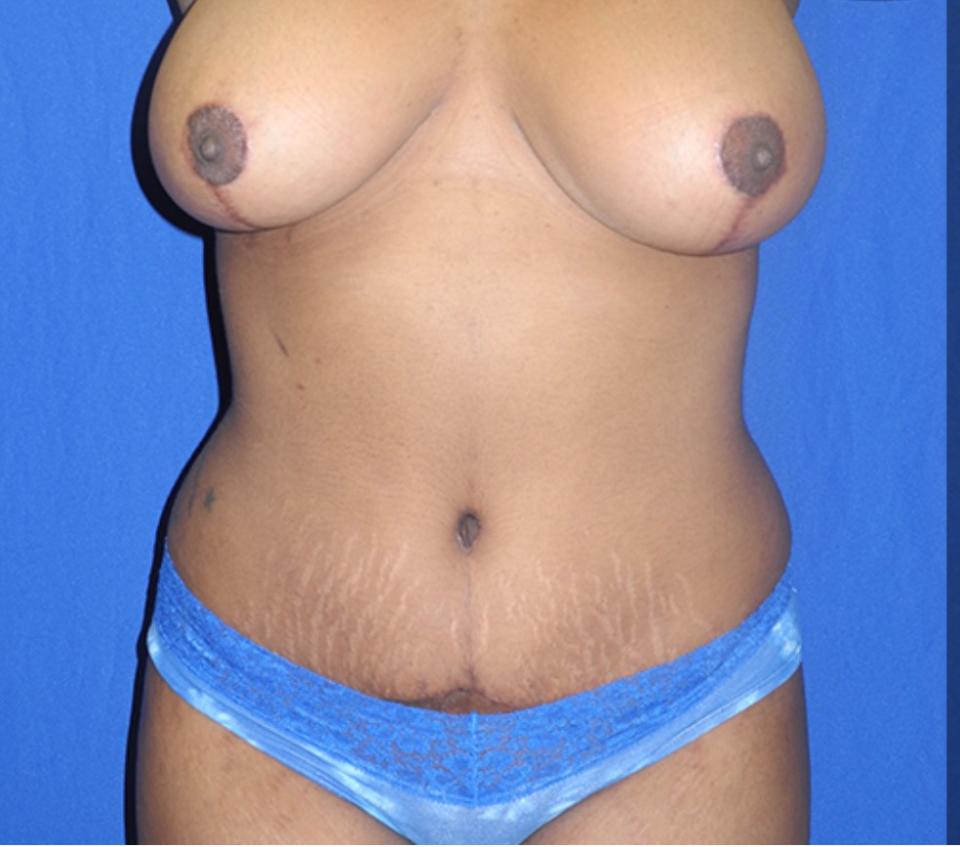Overly large breasts can be a physical and psychological burden. Affected women are often unable to perform routine activities comfortably. They may suffer from neck, shoulder and upper back pain as well as skeletal deformities and skin irritation. Self-consciousness is common, and clothing is often difficult to fit. The breasts are deeply disproportionate to the remainder of the physique.
Macromastia, commonly known as large breasts, is a condition where the breasts are so large that their weight and how they are positioned on the chest can cause medical problems including neck and back pain. The same issues that are responsible for neck and back pain also contribute to breast droop and an elongation of breast shape downward. The constant stress of the large mass of breast tissues pulling downward stresses the internal fibrous supporting tissue of the breasts further contributing to stretch and elongation. As the breasts stretch downward over time, their change of position on the chest wall not only alters their aesthetic appearance but can also worsen neck and back pain. A breast reduction is a typical procedure that addresses these problems.
Breast Reduction Surgery helps women who suffer with overly large and heavy breasts alleviate their physical symptoms. Dr. Belsley feels that achieving a more aesthetically attractive breast shape is an equally important aspect of this procedure. By rebuilding the breast internal support structures to improve their spherical contour, it is sometimes possible to rearrange tissues so that a breast reduction can look like a breast augmentation but using the patient's own existing tissues instead of a prosthetic implant.
 before
before
 after
after
This individual underwent a breast reduction in which just over two pounds of weight was removed from the breasts. The breasts were shortened in length and lifted to give a rounder appearance. This photograph was taken at approximately four months following surgery.
Liposuction of the tissue that lies between the upper outer quadrant of the breast and the upper arm can decompress the density of tissue between the breast and the arm and improve the fit of certain types of clothing.
 before
before
 after
after
This 25 year old woman with a preoperative BMI of 31.8 underwent abdominoplasty along with circumferential liposuction. This procedure treats the trunk or mid-section of the body as one unit all the way around. I believe that this method results in a more harmonious result than treating just the front with an abdominoplasty or just the back with liposuction.
In my practice, I tend to use ultrasound assisted liposuction to perform liposuction of the back, because I feel that in my hands, this technique allows me to remove more fat, more thoroughly than other forms of liposuction.
I try to keep the lower abdominal scar low enough such that it is not difficult to find a number of swimsuit choices will cover it without difficulty and also as short as possible- usually less than 12 inches in length.
Breast Reduction Ideals
Once I have removed enough tissue to achieve an appropriate breast size, the nipple and areola are repositioned, which means that the new, smaller breast also has a “lifted” appearance. While this is not the primary goal of this procedure, it is a fantastic secondary benefit of it. I strive to achieve the same aesthetic standards when I perform medically necessary breast reduction as I do for cosmetic breast lift or mastopexy. Since stretching of the areola is a common problem in patients with very large breasts, I typically reduce the size of the areola during breast reduction.
More >>Breast reduction is also called Reduction Mammoplasty
Breast reduction is also called Reduction Mammoplasty. Overly large breasts have appropriately been described as an “affliction.” Terms have been derived, ranging from macromastia to gigantomastia which may not be etymologically correct but are certainly image-conjuring.
The surgical technique of reduction will depend on the situation, the amount of reduction required, the preference of the patient and the decisions of the surgeon. To the extent possible, wherever the incision is placed, the nipples and areolae will be left attached to functioning breast tissue, thereby retaining normal sensation and the potential for breast feeding.